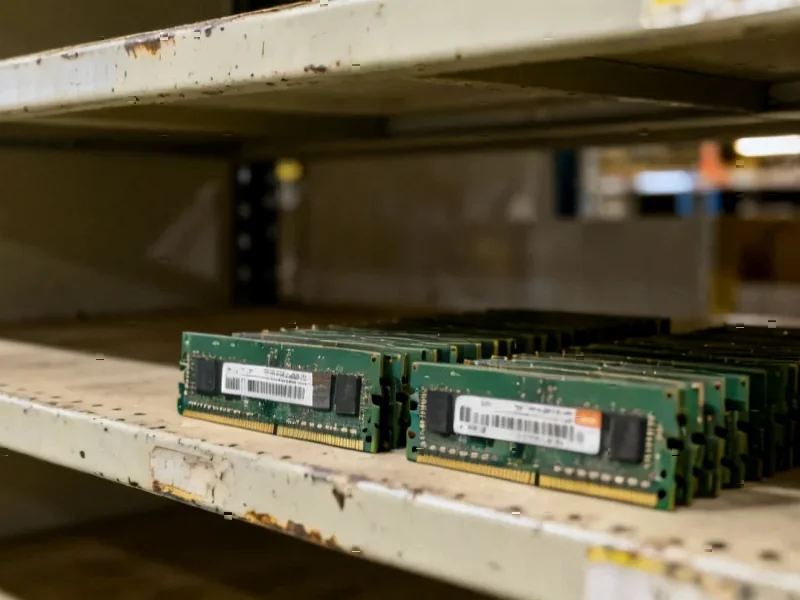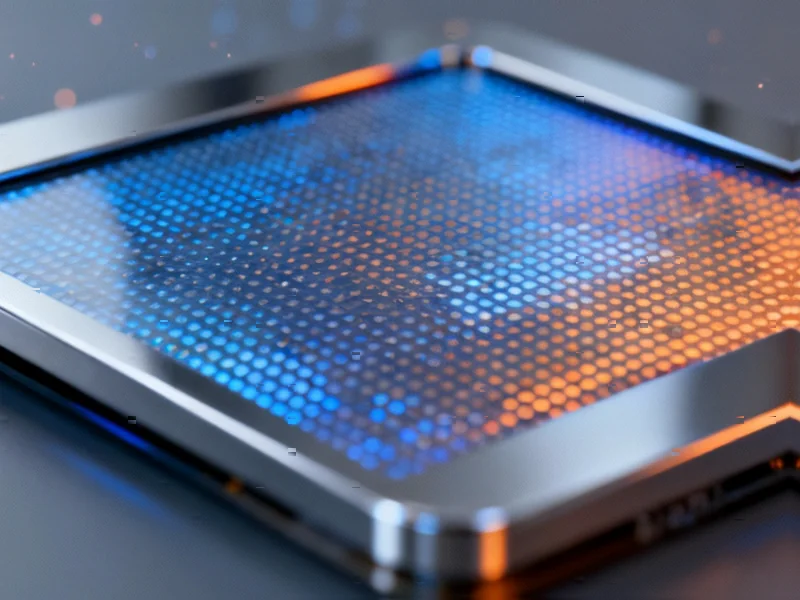According to Wccftech, DDR5 memory prices have reached unprecedented levels with 16GB and 32GB kits now costing twice what they did just months ago. The price surge began between August and September when AI demand started driving up memory costs across consumer and enterprise markets. Initial predictions suggested 30% increases, but prices have since jumped up to 170% for some products. Specific examples show a 64GB DDR5 kit that sold for £255 in May 2023 now costs £495, while a 32GB DDR5-7600 kit that was $70 now sees lower-end DDR5-6000 kits priced around $400. Entry-level 32GB DDR5-4800 kits that were under $100 in August now cost $160-$170, with faster kits seeing even steeper increases. The price hikes affect both DDR5 and DDR4 memory, with no immediate relief in sight.
The absolute price madness
Look, we’ve seen memory prices fluctuate before, but this is something else entirely. We’re talking about basic 32GB DDR5-5600 kits now pushing $400 at Amazon when they were comfortably under $150 earlier this year. That’s not just inflation—that’s market chaos. And here’s the thing: these are the entry-level speeds we’re talking about. Want something faster? Prepare to shell out $600 or more for what should be mainstream performance memory.
What’s really wild is how quickly this happened. Basically, we went from “prices might go up a bit” to “everything has doubled” in the span of about three months. PCPartPicker’s price tracking shows this insane trajectory clearly—it’s not just selective products, it’s across the entire DDR5 spectrum.
The AI hunger games
So why is this happening? It all comes down to AI. The massive demand for high-performance memory from AI companies is sucking up production capacity that would normally go to consumer products. We’re seeing the same pattern that happened with graphics cards during the crypto boom, only this time it’s memory modules getting vacuumed up.
And it’s not just DDR5 that’s affected. The article mentions NAND flash (what SSDs use) is next on the chopping block. Basically, if you were planning any PC upgrades involving storage or memory, you might want to reconsider your timing.
Who this actually hurts
This couldn’t come at a worse time for PC builders. We’re heading into the holiday season when people typically build new systems or upgrade existing ones. But who’s going to pay double for memory? I mean, seriously—imagine explaining to someone that the RAM for their new gaming PC now costs as much as their CPU.
The ripple effects here are significant. Higher component prices mean fewer complete system sales, which hurts PC manufacturers and retailers. It also creates a weird situation where building a PC right now makes very little financial sense unless you absolutely have to. And for people who bought DDR5 systems earlier this year thinking prices would continue dropping? They’re probably feeling pretty smart right now.
When does this end?
Nobody really knows when prices will normalize. The article suggests it’ll be “a few months” before we see any relief, but that feels optimistic given how entrenched AI demand has become. Memory manufacturers are probably loving these profit margins, so don’t expect them to rush additional production capacity online.
My advice? If you don’t absolutely need DDR5 right now, stick with DDR4 systems or hold off on upgrades entirely. Paying double for memory feels like rewarding bad behavior. And if you’re sitting on some unused DDR5 kits? Well, you might have accidentally made a better investment than your stock portfolio.




